
The rise of decentralized finance and permissioned Web3 communities has made KYC compliance a critical issue for blockchain projects. Traditional identity verification methods, however, clash with the ethos of privacy and decentralization. This is where onchain attestations KYC solutions are transforming the landscape, enabling users to prove their eligibility for allowlists, token sales, and gated dApps without exposing sensitive personal data.
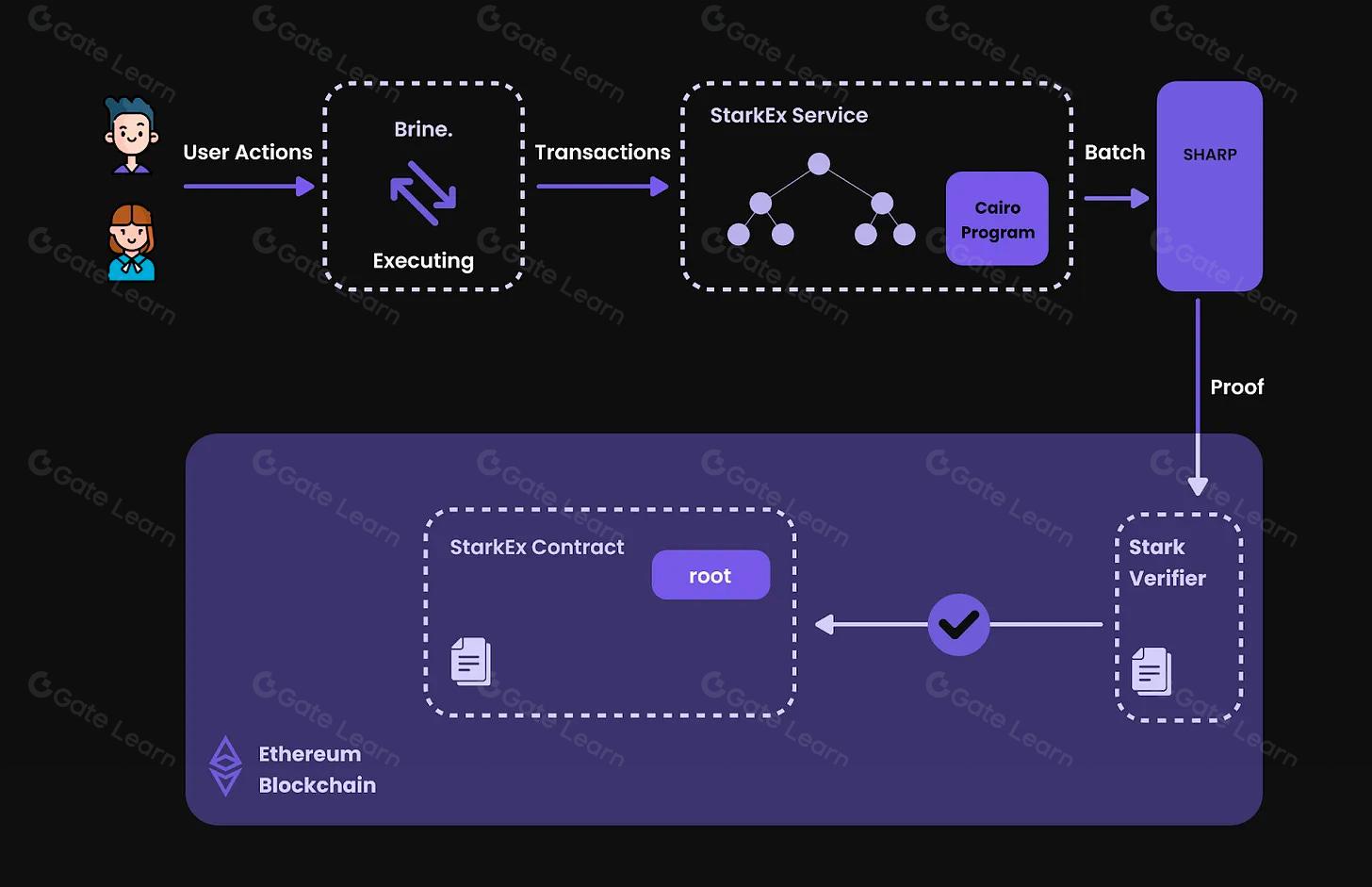
Why Onchain Attestations Are the Missing Link for Web3 KYC Allowlists
Allowlist management is central to many Web3 launches: think NFT mints, token airdrops, or exclusive DeFi features. In regulated environments, these allowlists must only admit users who have passed Know Your Customer (KYC) checks. The challenge? Achieving this without undermining user privacy or the principles of decentralization.
Onchain attestations solve this by providing cryptographic proofs, such as non-transferable NFTs or soulbound tokens, that confirm a wallet address has completed KYC with an approved provider. Smart contracts can then automatically check for these proofs before granting access, all while keeping underlying personal details off-chain.
The Mechanics: How Blockchain Identity Verification Works in Practice
The typical workflow for integrating decentralized KYC compliance into allowlists involves several key steps:
Steps to Implement Onchain KYC Attestations
-

2. Complete KYC Verification and Obtain Verifiable CredentialsUsers submit identity documents through the provider’s platform. Upon approval, they receive verifiable credentials or proofs, often in the form of JSON Web Tokens (JWTs) or similar data structures, which can be linked to their self-hosted wallets.
-
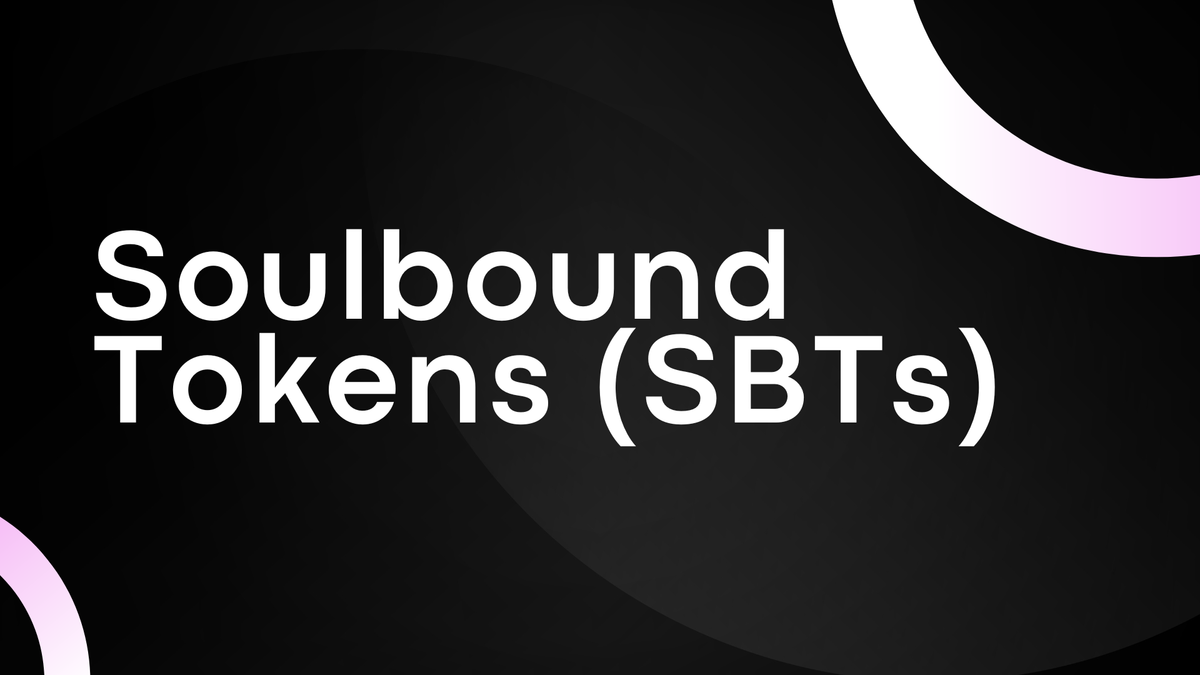
3. Mint Onchain Attestation Tokens or CredentialsAfter successful verification, users mint non-transferable tokens (like Soulbound Tokens or compliance NFTs) using protocols such as Attest Protocol or Altme Wallet. These tokens serve as onchain proof of KYC compliance and are tied to the user’s wallet address.
-
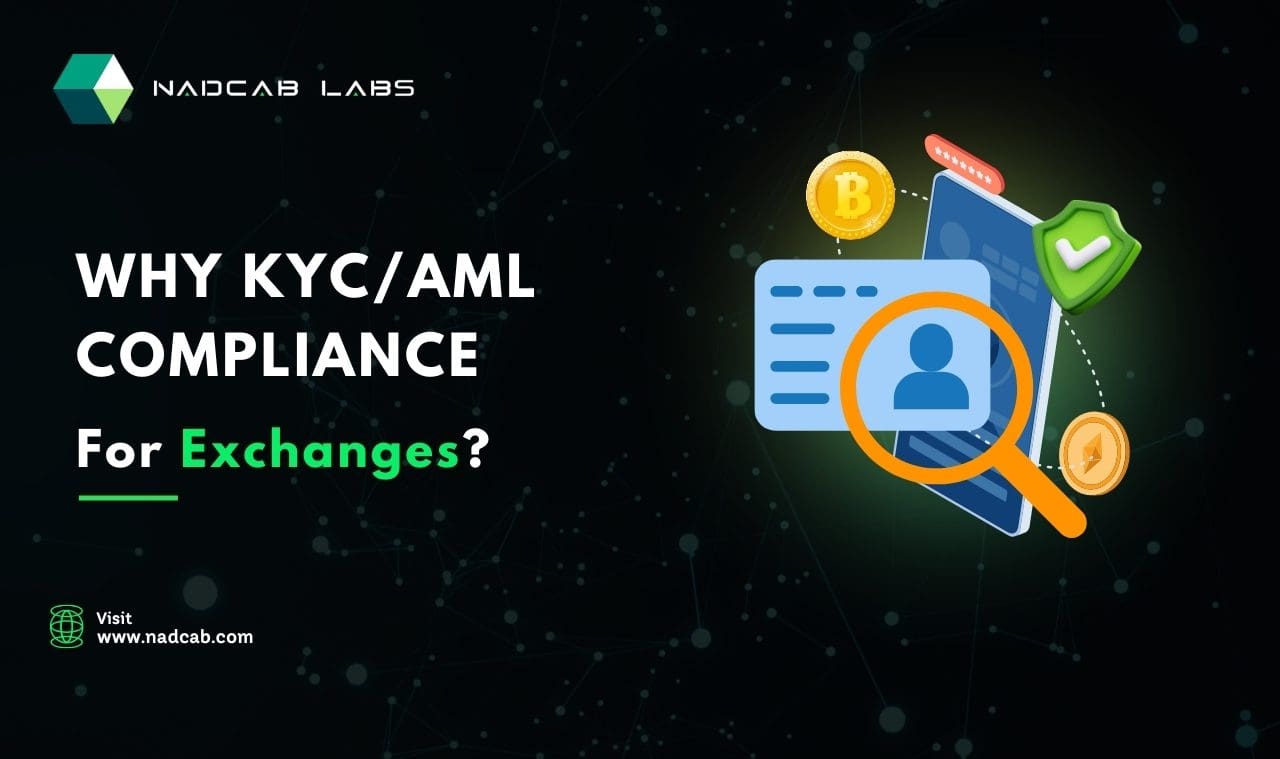
4. Integrate Compliance Checks into dApps and AllowlistsProjects integrate smart contracts or APIs that verify the presence of compliance tokens or credentials in users’ wallets. Solutions like Chainlink Automated Compliance Engine (ACE) or schema-based checks from Attest Protocol can automate this process, ensuring only verified users can access allowlists or restricted features.
-
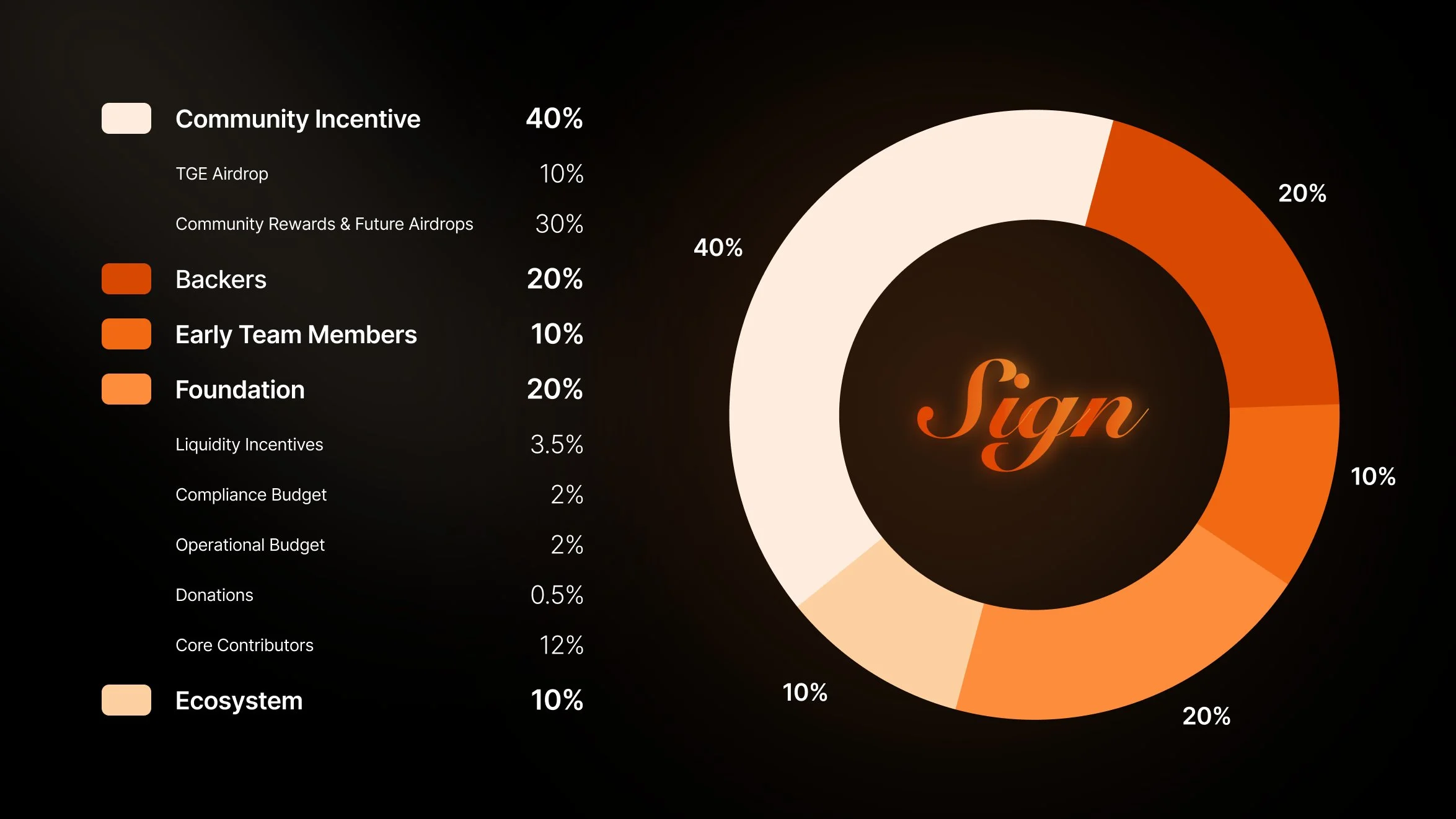
5. Monitor and Update Attestations as NeededMaintain compliance by periodically re-verifying users and updating or revoking attestations if their status changes. Use automated monitoring tools and reporting features offered by KYC providers and onchain compliance engines to ensure ongoing regulatory adherence.
- User Verification: The user completes a one-time KYC process with a trusted provider like Sumsub or Togggle.
- Issuance of Attestation: Upon approval, a cryptographic proof (often in the form of a non-transferable NFT) is minted directly to the user’s wallet.
- dApp Integration: Smart contracts check for the presence and validity of these attestations before permitting actions such as minting NFTs or joining governance votes.
- No Data Leakage: At no point does sensitive data leave the user’s control; only proof of compliance is required by dApps.
This approach not only streamlines onboarding but also ensures that compliance checks are transparent and verifiable by anyone, an essential feature for trustless environments.
Ecosystem Innovations: Protocols Leading the Way in Onchain KYC
The market has seen rapid development in protocols that enable seamless integration of onchain attestations into Web3 platforms. Here are some standout solutions shaping this space:
- Attest Protocol: Schema-based attestations enable developers to verify user status with minimal code. For example:
Verifying KYC Status with Attest Protocol API (Python Example)
To verify a user’s KYC status using the Attest Protocol API, you can use the following Python code. This example demonstrates how to query the API and interpret the response to determine if a given wallet address has passed KYC verification.
import requests API_KEY = 'YOUR_ATTEST_PROTOCOL_API_KEY' USER_ADDRESS = '0x1234abcd...' # Endpoint to check KYC status url = f'https://api.attestprotocol.com/v1/kyc/status/{USER_ADDRESS}' headers = { 'Authorization': f'Bearer {API_KEY}', 'Accept': 'application/json' } response = requests.get(url, headers=headers) if response.status_code == 200: data = response.json() if data.get('kyc_verified'): print(f"User {USER_ADDRESS} is KYC verified.") else: print(f"User {USER_ADDRESS} is NOT KYC verified.") else: print(f"Failed to fetch KYC status: {response.status_code}")Be sure to replace `YOUR_ATTEST_PROTOCOL_API_KEY` and `USER_ADDRESS` with your actual API key and the wallet address you wish to verify. Always handle API keys securely and avoid exposing them in client-side code.
- Altme Wallet: Empowers users with self-sovereign identity tools, letting them mint compliance NFTs post-KYC and present them across multiple dApps.
- Chainlink Automated Compliance Engine (ACE): Links onchain addresses to off-chain credentials, facilitating granular access control at the smart contract level.
This multi-protocol approach increases interoperability across chains and platforms, a crucial feature as Web3 ecosystems become more interconnected.
What sets onchain attestations apart is their ability to create a verifiable, tamper-resistant record of compliance that can be universally recognized across different platforms. This directly addresses the fragmentation problem in Web3 KYC allowlists: users no longer need to repeat the KYC process for every new dApp or token sale. Instead, a single attestation can unlock participation in multiple ecosystems, provided each recognizes the same standard of proof.
For projects, this means dramatically reduced operational friction and cost. Smart contracts simply reference an attestation registry and perform eligibility checks automatically, no manual review or database management required. This automation also mitigates risks associated with human error or centralized data breaches, since sensitive information never leaves the user’s wallet.
Balancing Privacy and Regulation: The Compliance Edge
One of the most significant advantages of onchain attestations is their alignment with global regulatory expectations while upholding privacy. Rather than storing personal data on a public ledger, attestations function as cryptographic badges, proofs that regulatory checks have been completed by an approved provider. If a regulator audits a project, the presence of these proofs can demonstrate robust compliance procedures without exposing end-user identities.
This approach is especially relevant as jurisdictions like the EU and US introduce more stringent requirements for digital asset platforms. Onchain attestations provide a transparent audit trail without undermining user sovereignty, a critical balance for projects operating at scale.
OnchainKYCe. me Integration: Future-Proofing Web3 Identity
Platforms like OnchainKYCe. me are at the forefront of this movement, offering tools for seamless issuance, management, and verification of KYC credentials on-chain. By focusing on interoperability and privacy-preserving standards, OnchainKYCe. me empowers both users and dApps to participate in regulated environments without sacrificing decentralization.
The integration process is straightforward: after completing KYC with a trusted provider, users receive an attestation that can be recognized by any partner dApp or smart contract supporting the protocol. This not only streamlines onboarding but also enhances security by minimizing repeated data exposure, a key concern cited in recent industry reports.
Key Benefits of OnchainKYCe.me for Allowlists
-

Enhanced Privacy for Users: OnchainKYCe.me enables users to prove KYC compliance through cryptographic attestations, allowing access to allowlists without exposing sensitive personal information onchain.
-
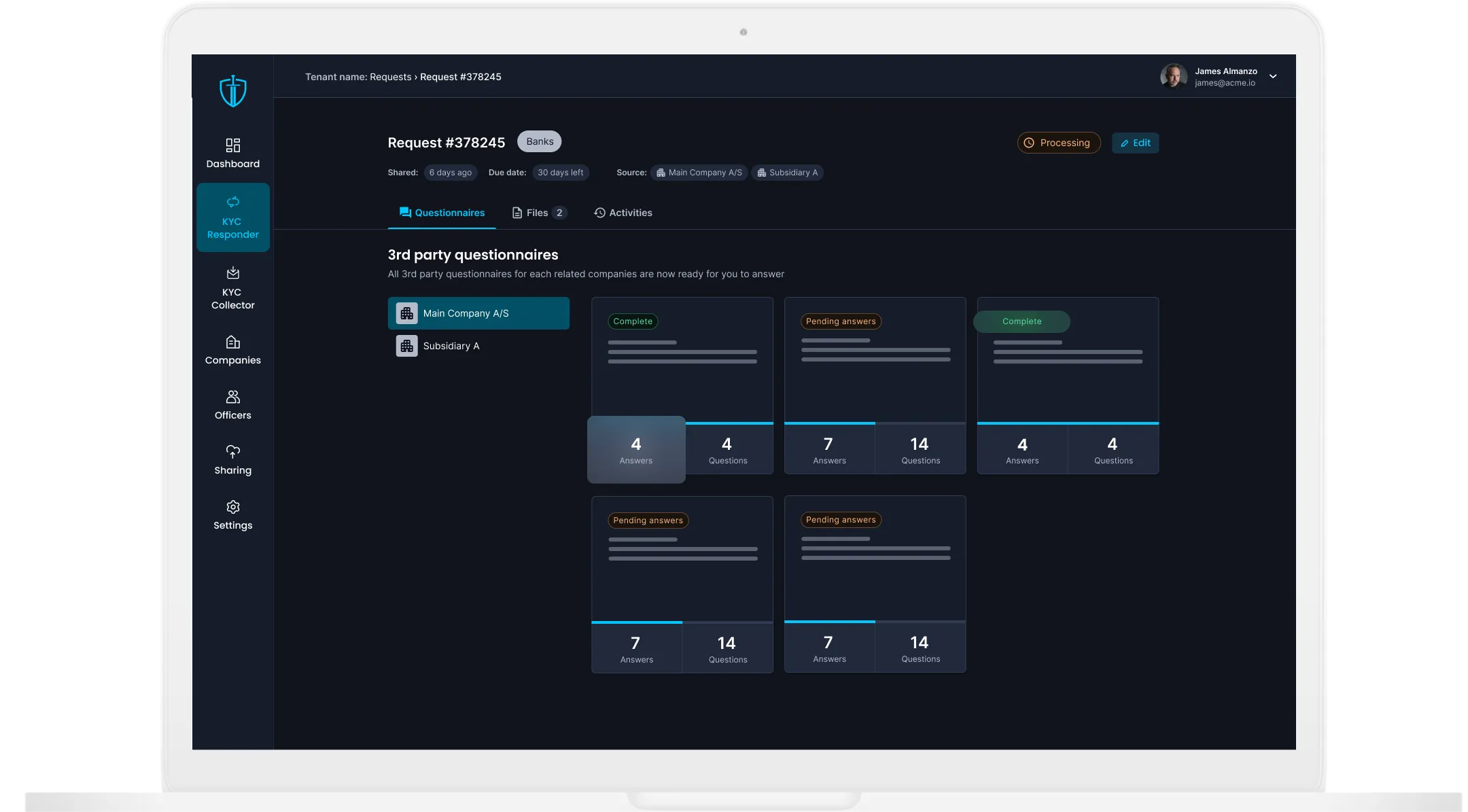
Streamlined Verification Process: Projects can automate allowlist management by verifying wallet-based attestations, eliminating repetitive KYC checks and reducing onboarding friction for both users and administrators.
-
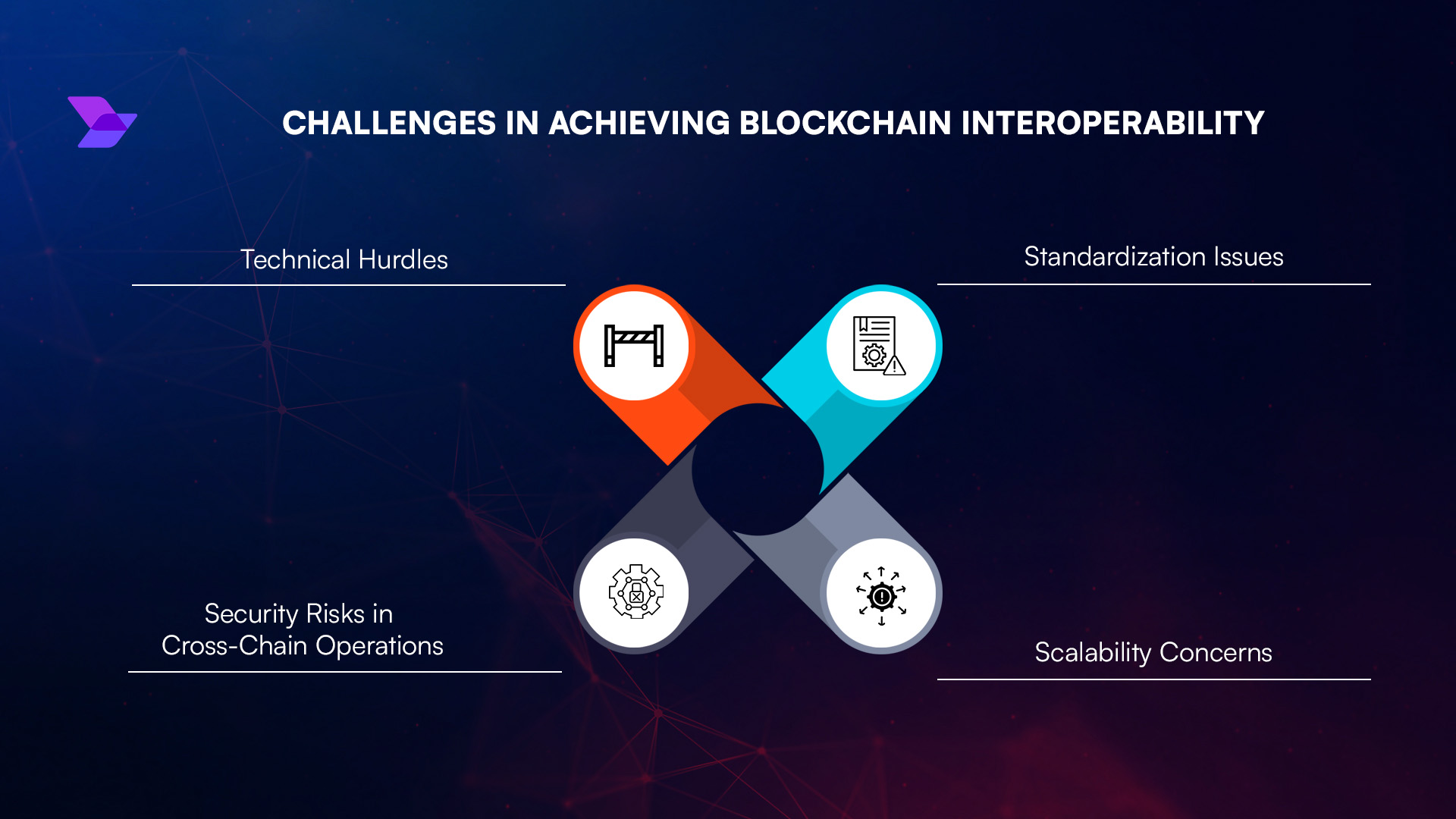
Interoperability Across dApps and Chains: OnchainKYCe.me leverages standardized attestation formats, ensuring that user compliance credentials are recognized by multiple decentralized applications and across different blockchain networks.
-

Regulatory Alignment with Decentralization: By integrating onchain KYC attestations, projects can meet regulatory requirements for identity verification while maintaining a decentralized, non-custodial user experience.
-
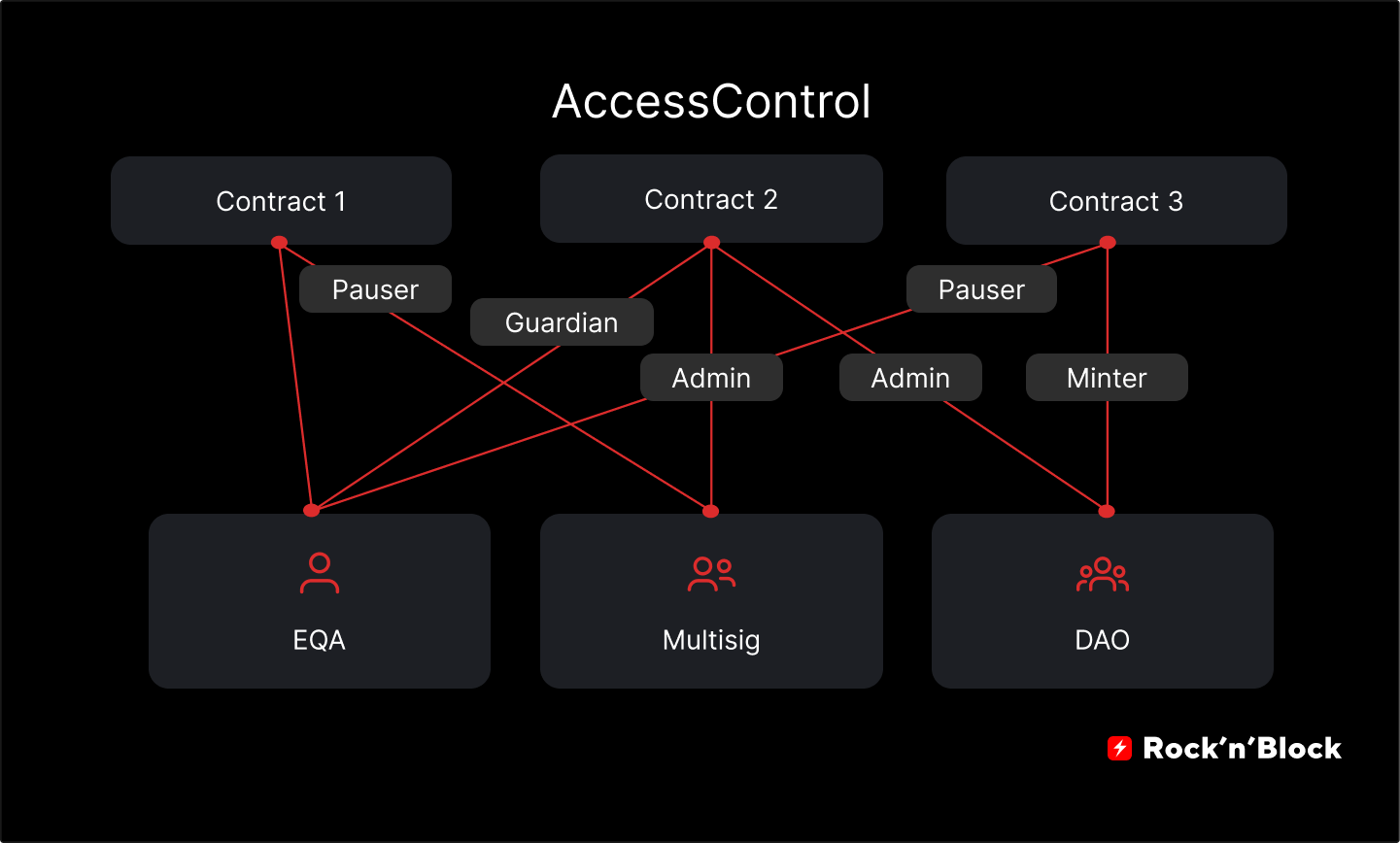
Real-Time and Granular Access Control: Smart contracts can instantly check for valid compliance tokens, enabling dynamic, real-time enforcement of allowlist eligibility and reducing manual oversight.
For developers seeking to build secure allowlists or gated communities with regulatory assurance, leveraging such platforms offers a clear path forward. The result is faster launches, lower compliance overheads, and greater trust among participants, all while retaining core Web3 values.
Looking Ahead: The Standardization Imperative
The next frontier lies in further standardizing attestation formats across chains and protocols. As seen with initiatives like Sign Protocol and Solana Attestation Service (SAS), open standards will be crucial for enabling universal recognition of identity credentials, reducing fragmentation even as the ecosystem grows more diverse.
Ultimately, onchain attestations KYC represent more than just a compliance tool; they are foundational infrastructure for scalable, privacy-centric digital identity in Web3. Projects ready to embrace these innovations will be best positioned to navigate evolving regulations while delivering seamless user experiences.
If you’re interested in building robust allowlists powered by verifiable identity credentials, and want to see how it works step-by-step, check out our detailed guide at /building-a-secure-allowlist-with-onchain-attested-kyced-addresses.







